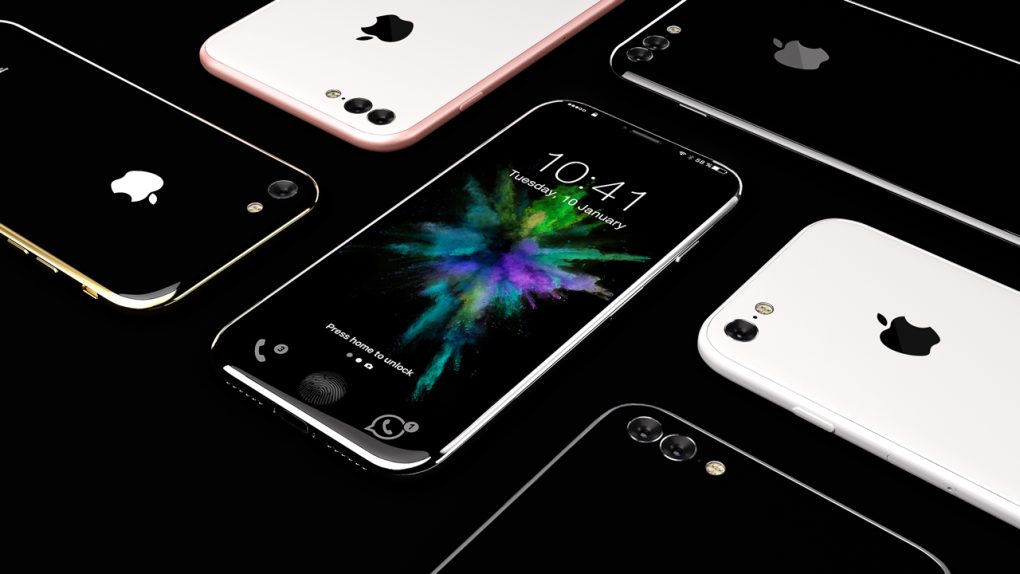We’ve still got months until Apple even prints the invites for the iPhone 8 event, but rumors are starting to mount. The new flagship iPhone, likely named the iPhone 8, iPhone X or iPhone Edition, will likely have an edge-to-edge display with a curved glass front, no home button, a dual-camera setup and possibly some kind of facial recognition.
It all sounds great, but I think the iPhone 7 series might still have a shot at glory this year.
It all comes down to the tradeoffs that Apple is likely to make to create room for the iPhone 8’s standout features. Want a zero-bezel display with a curved front? That means no home button, and no Touch ID fingerprint sensor on the front either. There’s rumors that Apple will have some kind of under-screen fingerprint sensor, but some leaks are now suggesting that the Touch ID sensor will move to the back.
Without mincing words, that would be a disaster. Samsung is already getting major flak for moving the fingerprint sensor on the Galaxy S8 to the back. It sits right next to the camera sensor, causing endless fingerprints and smudges on the lens. A Samsung rep has already said that it was a deliberate design decision to try and free up more internal room for a battery, but the justification doesn’t really matter: it still leads to a terrible user experience.
It’s easy to think that Apple won’t fall into the same trap, but just look at last year. Removing the headphone jack was a consumer-hostile decision that is still causing me annoyance to this day. Moving the Touch ID sensor to the back would be a little less “courageous” than killing the headphone jack, so it’s easy to imagine Apple doing just that.
Other things make me already hesitant about the iPhone 8. Including a bunch of fancy features like curved glass, OLED screens and iris sensors is going to jack the price of the phone up, and there’s no way that Apple will take a hit on its historically fat profit margins. Instead, expect the iPhone 7S and 7S Plus to retail for about the same (or a little less) than the current iPhone 7, while the iPhone 8 could run close to $1,000. No thanks.
Even niggling details could be cause for concern. Apple has championed LCD screen technology for years, and it’s reasonable to think that there might be bugs in its first generation of OLED phones. Even Samsung, which produces screens in house and has been using AMOLED for years, still has problems with its screens. Waiting one year for Apple to work out the bugs in a new generation of device really wouldn’t be a bad idea.
I’m not saying that the iPhone 8 will be a flop, or that people won’t buy it. But if Apple comes out with an iPhone 7S at the same time, with the same processor and some of the same camera improvements as the iPhone 8 at a much lower price, waiting a year to jump on the iPhone 8 bandwagon might not be such a bad idea.










